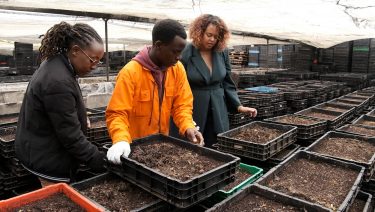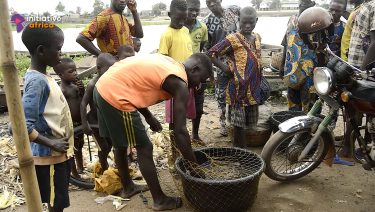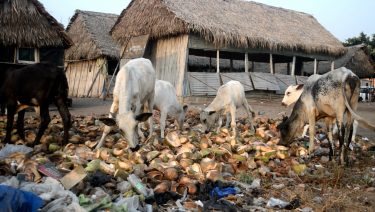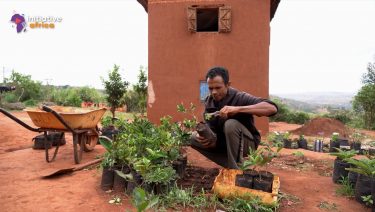Why are Africa’s Big Cats on the Brink?
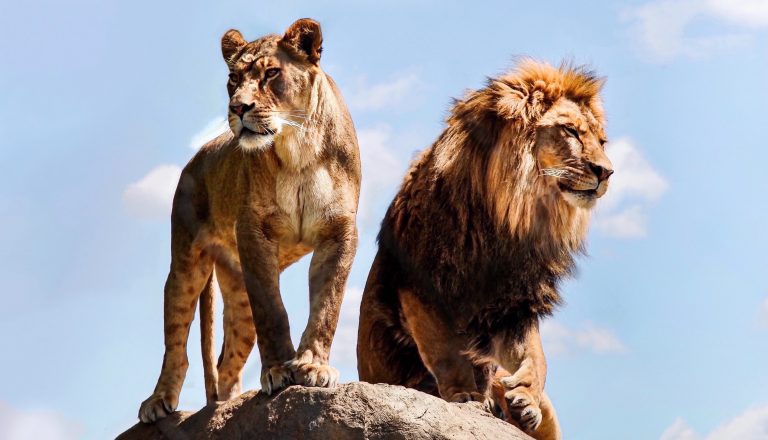
African Big Cats : lions, cheetahs, and leopards are increasingly endangered due to bushmeat hunting to poaching for body parts. | Unsplash
Michael Sommers
When the International Union for the Conservation of Nature (IUCN) unveiled its much-awaited Red List in September, the ranking of Africa’s dwindling big cat populations as “vulnerable” instead of “endangered” was met with a roar of protest.
Downward Slide
Among the disappointed was Dr Paul Funston, Lion Program Director, Panthera, the global wild cat conservation organization. While acknowledging that geographic variations and insufficient monitoring make it difficult to draw accurate general conclusions, “In recent decades, all big cat populations have been sliding downwards in African landscapes.”
Funston compares the precipitous decline taking place in West and Central Africa, where lions are critically endangered, to East Africa, where populations spread over large areas have witnessed steep declines in recent decades. Then there’s South Africa, home to many well-funded, protected reserves where more accurate data suggests that populations are stable or even enjoying a slight upturn.
For Funston, South Africa’s bright spots are dimmed by the fact that only 22,000 wild lions still roam the African continent. “In my heart, I don’t feel that’s where we should be.
A higher IUCN conservation status would potentially increase the attention and conservation efforts that the species deserves.”
Poaching Bushmeat and Body Parts
Contrary to popular belief, trophy hunting and human encroachment isn’t the largest threats to big cats’ survival. According to Funston, the primary danger stems from underfunding of protected areas, the consequences of which have facilitated bushmeat poaching. Funston insists that such poaching is the number one threat to lions throughout Africa. Eating the meat of wild animals – cut from the carcass, then smoked, dried, and transported for sale – is a cultural norm. However, due to human reorganization of the landscape, big cats have lost 95 per cent of their habitat. Even when they’re not the primary target of hunters, injury due to traps and snares coupled with increasing competition over diminishing prey takes its toll.
Meanwhile, new threats abound. Social media has facilitated an increase in illegal wildlife trafficking while providing a platform for influencers flaunting selfies with cute lion and cheetah cubs. More lethal has been the growing market for animals’ body parts.
Of particular concern is the surging demand for lion bones, teeth, and claws in Southeast Asia and China. As Asia’s tiger population has plummeted, elixirs made from crushed lion bones have replaced traditional tiger wine as a masculinity booster while claws and teeth are popular symbols of virility. As demand continues to escalate, Funston fears that smaller, more isolated and underfunded populations will be pushed to the brink.
A Firm Stand
Against this backdrop, in May 2021, the South African government took the landmark decision to end the country’s controversial captive lion industry, which permitted the legal killing of lions bred on private reserves and the selling of their parts. While conceding that the ban may lead to increased poaching of wild species, Funston argues it shouldn’t deter the shutting down of an inhumane industry “that’s awful in all aspects.” Instead, he advocates doubling down on conservation efforts while waiting for reduced supply and increased awareness to puncture demand. Until then, says Funston, “it’s one of those situations where you just have to take a firm stand.”
See also

Shea Butter Skincare — Made in Burkina Faso
In Ouagadougou, Odiss Cosmétiques is transforming damaged skin and outdated beauty standards using one powerful tool: locally sourced, natural ingredients like shea butter, neem, and baobab oil. Founded by Denise Odette Konseiga, a former pharmacy assistant, Odiss has grown into a certified organic brand that now employs 17 staff and supports over 300 women across shea cooperatives. From Burkina to Belgium and beyond, the brand is making waves. In a market long dominated by imports, Odiss is proving that African-made skincare can be both ethical and effective. Journalist: Sonia Kocty
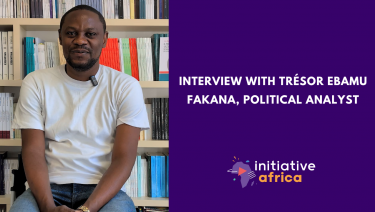
Interview with Trésor Ebamu Fakana, political analyst
In the Democratic Republic of Congo, organ transplantation remains largely unregulated and unpracticed. Political analyst and anti-human trafficking expert Trésor Ebamu Fankana calls for urgent public debate and legal reform to address the ethical, medical, and legal challenges linked to organ donation and trafficking. In this interview, he discusses his latest book Let’s Talk About It and warns about the dangers of inaction in a region where insecurity, poverty, and legal loopholes create fertile ground for exploitation. Journalist: Alexandra Vépierre
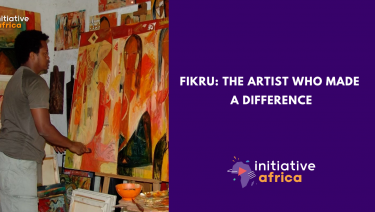
The Artist Who Made a Difference
From his first exhibition in 1995 to over 30 solo shows across Europe and North America, Ethiopian painter Fikru Gebremariam has carved out a singular path. His latest collection — exhibited at the Alliance Ethio-Française in Addis Ababa — marks a bold new chapter: an embrace of abstract expressionism rooted in African soil. In this portrait, Fikru reflects on his artistic evolution, his rejection of labels, and the subconscious forces that shape his work. Art historians, curators and fellow artists explore how his life, heritage, and travels converge on canvas. Journalist: Tefera Ghedamu
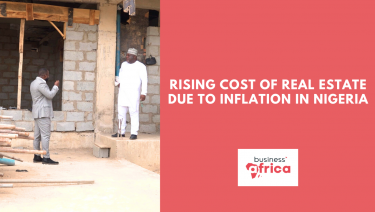
Rising cost of real estate due to inflation in Nigeria
In Nigeria, inflation is driving up construction and rental costs at an unprecedented rate — with building expenses increasing by 300% and rental prices soaring by over 200%. Architects, developers and prospective homeowners face daily uncertainty, while low- and middle-income families struggle to secure housing. Through the voices of developers, tenants and market experts, this report explores how skyrocketing costs are impacting housing access and what this means for the future of Nigeria’s real estate. Watch the full video for a closer look at the human and economic consequences of an unregulated market under inflationary strain. Journalist: ANNABELLE AYANGBADE

